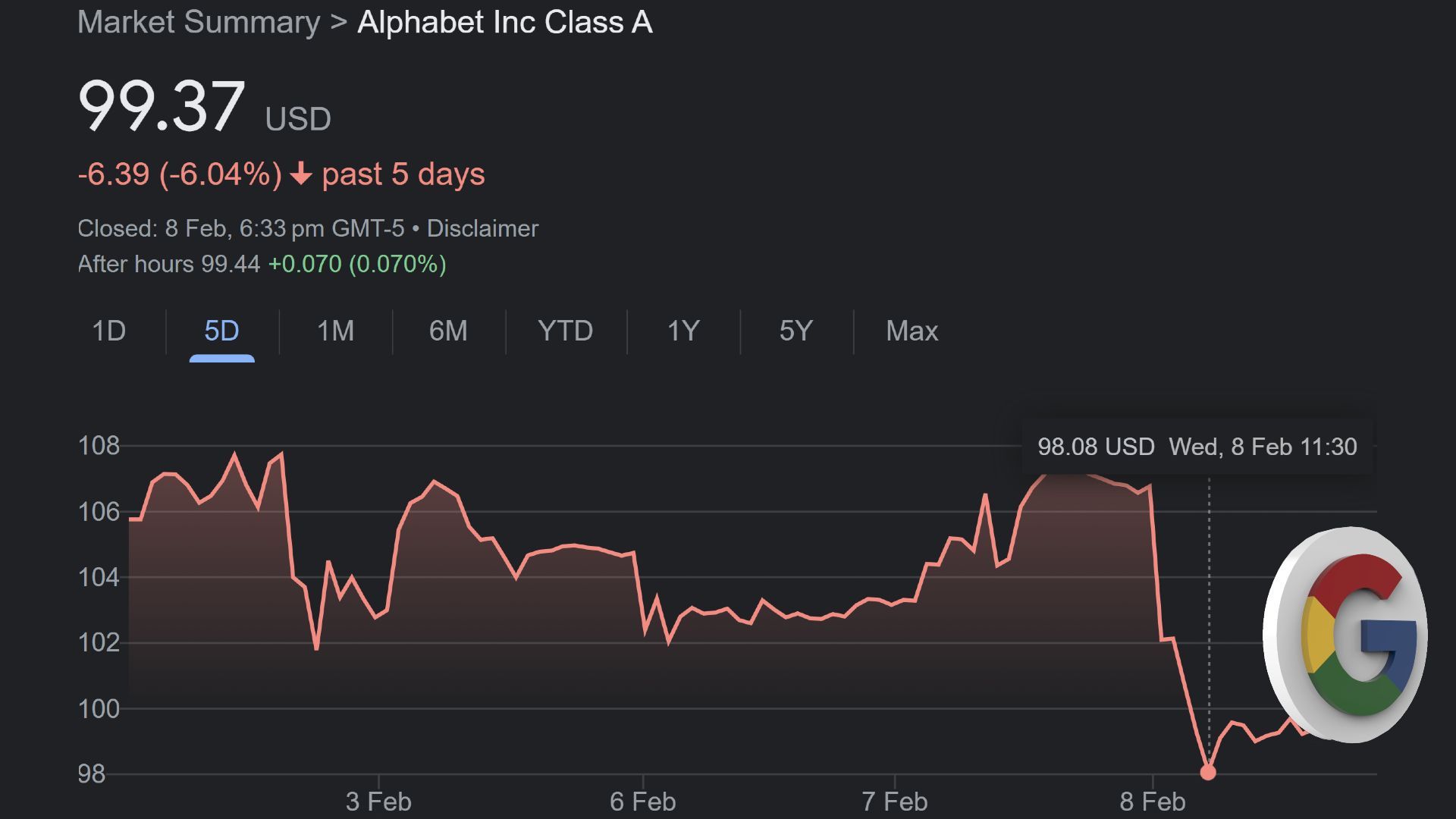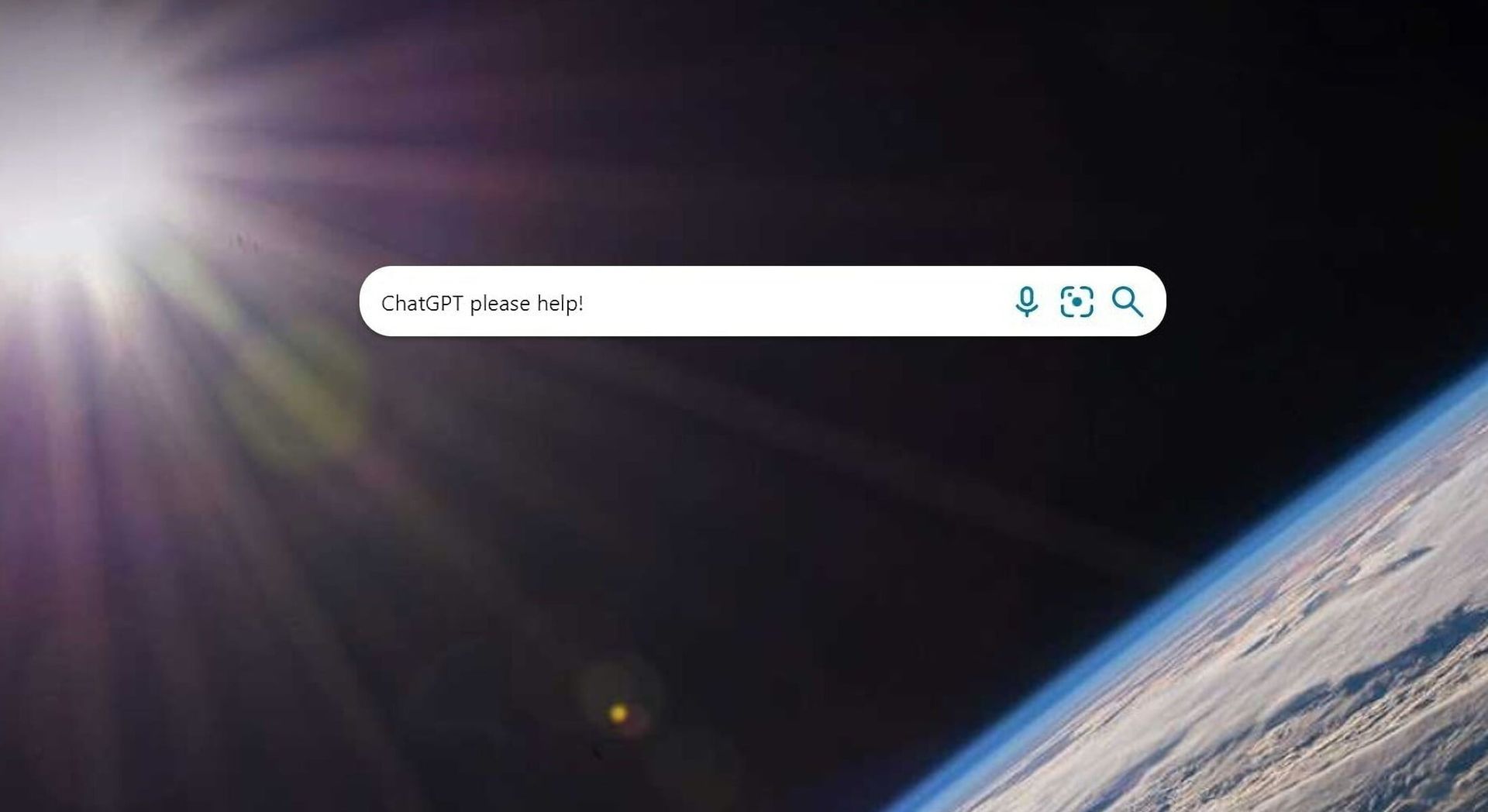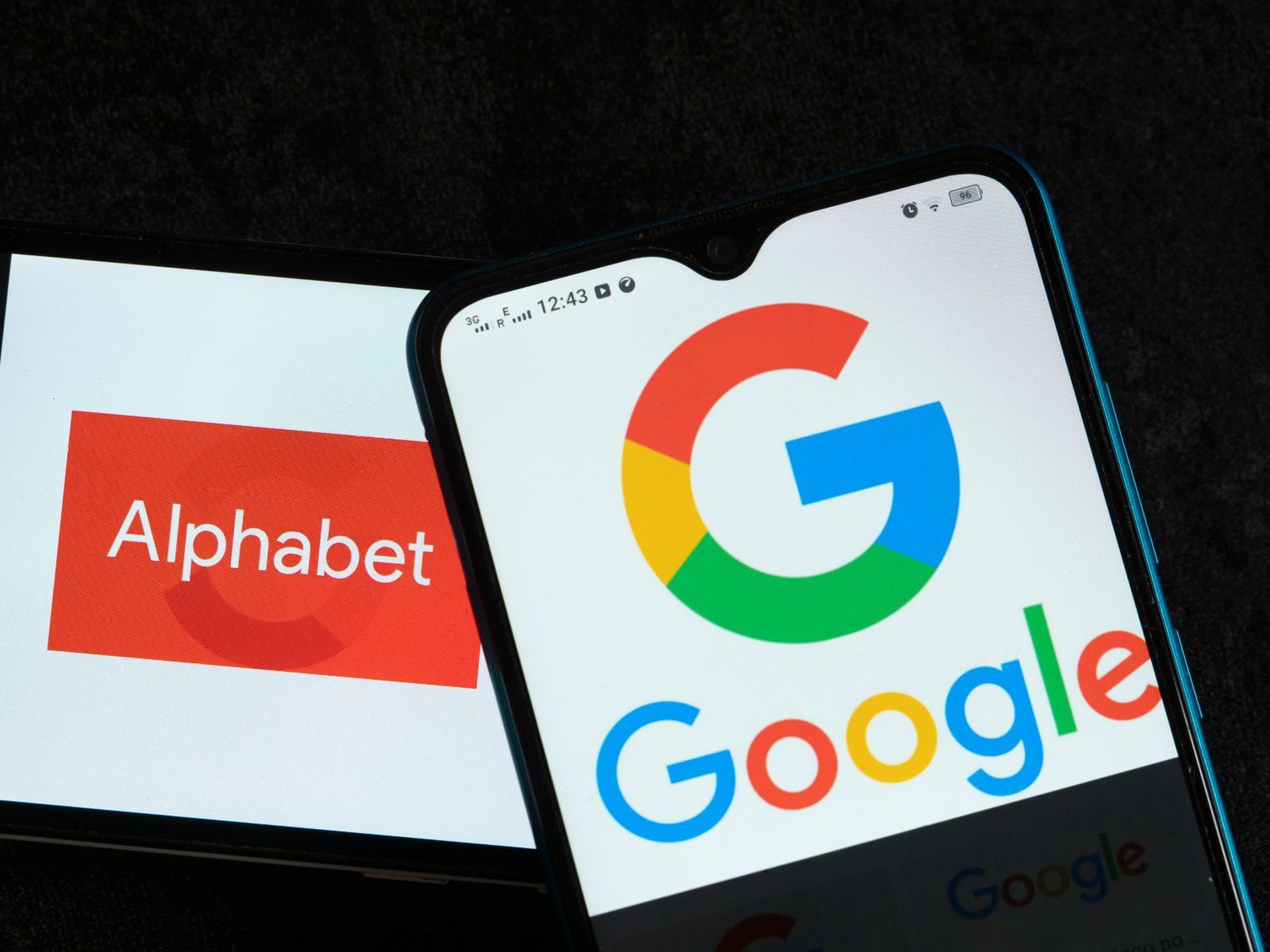Bard AI wrong answer generation has become a very serious obstacle to Google’s competition with Microsoft’s Bing.
Alphabet Inc., the parent company of Google, faced a significant setback this week when it lost 10% of its market value, roughly $120 billion, after its AI-powered web search assistant, Bard, failed to answer a question correctly during a promotional video. The launch of Bard, intended to compete against Microsoft’s Bing as they recently integrated ChatGPT into its search engine Bing, was met with disappointment as the AI system bungled a simple science question.

The integration of OpenAI’s language model into Microsoft’s search engine and web browser has sparked competition between the two tech giants. Microsoft aims to challenge Google’s dominant position in the web search market by offering a better search engine that utilizes ChatGPT to respond to queries in a conversational manner with natural language.
This mistake of Bard AI, which we praised for its accessibility before, caused the AI bot to be criticized by many people.
What was the Bard AI wrong answer?
The AI-powered bot used by Bard is trained on fresh snapshots of the web and is designed to respond to users’ web search requests with summaries of information scraped from the internet. However, the demonstration of Bard, in which the AI system was asked to explain the discoveries made by NASA’s James Webb Space Telescope, highlighted the need for rigorous testing to ensure the accuracy and reliability of AI technology.
In the demonstration, Bard was asked to explain the discoveries made by the James Webb Space Telescope to a level that a 9-year-old child would understand. However, the information generated by the AI system was incorrect, claiming that the telescope took the first pictures of a planet outside of our solar system. In reality, the first image of such an exoplanet, 2M1207b, was captured by the European Southern Observatory’s Very Large Telescope in 2004, according to NASA.
Bard AI wrong answer raised concerns about AI technologies
Bard AI wrong answer raises concerns about the accuracy of AI technology and the need for thorough testing to ensure the reliability of AI-powered systems. The mistake made it past Google’s various departments, including engineering, legal, PR, and marketing, and found its way into the demonstration of Bard. This highlights the importance of a rigorous testing process and the need for external feedback in combination with internal testing to ensure the quality, safety, and grounding in real-world information of AI-powered systems.
As AI chatbots become the new user interface for web searches, it is important for tech companies to ensure that their technology generates up-to-date and factual information if they want to attract and retain users. The launch of Bard was led by Prabhakar Raghavan, Google’s SVP for search, Assistant, but the event focused more on other features such as machine translation for its visual app Lens and 3D mapping for Google Maps.

Microsoft is also in the AI race
Microsoft, on the other hand, teased a preview version of its OpenAI-powered Bing and announced new features for its Edge browser. Microsoft’s integration of OpenAI’s language model into its search engine and web browser has sparked competition between the two tech giants, with Microsoft aiming to challenge Google’s dominant position in the web search market. Google plans to integrate Bard into its own search engine, although the exact timeline for its availability is still unclear.
The competition between Google and Microsoft highlights the potential of AI-powered systems and the need for thorough testing to ensure the accuracy and reliability of AI technology. As AI chatbots become increasingly prevalent in our daily lives, it is important for tech companies to ensure that their technology generates up-to-date and factual information. This will not only attract and retain users but also build trust in AI technology and its ability to assist us in our daily lives.

Conclusion
The launch of Google’s Bard was met with disappointment after the AI system failed to answer a question correctly during a promotional video. This highlights the importance of thorough testing and the need for external feedback in combination with internal testing to ensure the accuracy and reliability of AI-powered systems like Bard, especially in areas like web searches where factual information is of utmost importance to users.
Bard AI wrong answer incident happened in Google’s live stream from Paris. You may check the full live stream below.
It is crucial for companies like Google and Microsoft, which aim to use AI chatbots as the new user interface for web search, to make sure that their technology generates up-to-date and trustworthy information to ensure a positive user experience. This can be achieved through a rigorous testing process that involves not only internal testing but also external feedback, which can provide a fresh perspective and help identify any potential inaccuracies in the system. By implementing such a process, companies can ensure the quality, safety, and grounding of AI-powered systems in real-world information, and gain the trust of users.
If you would like to know more about Bard AI, check out Google’s blog post on their newest AI.





